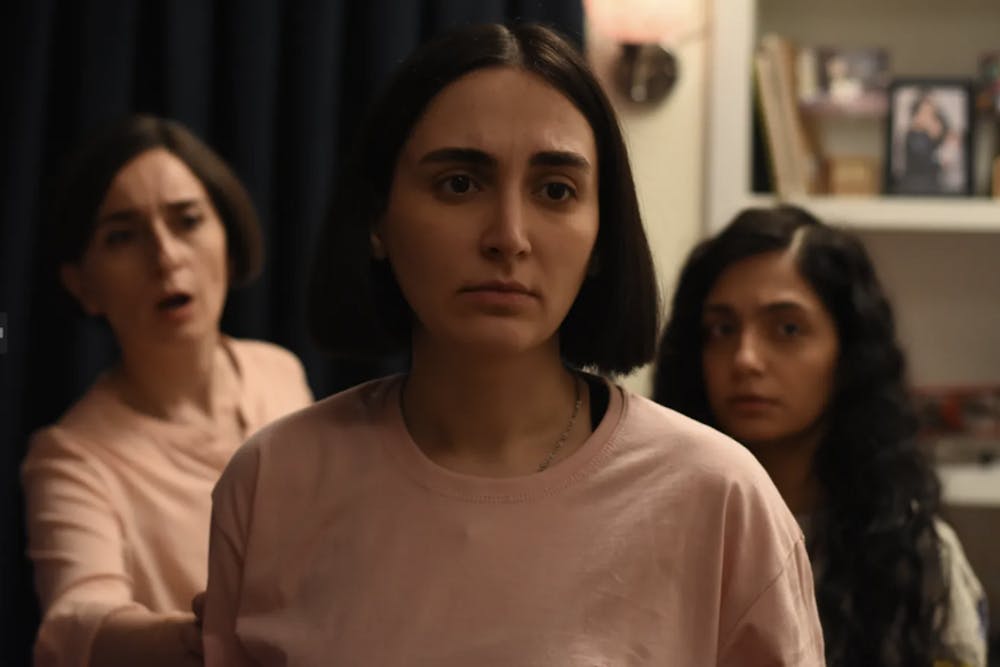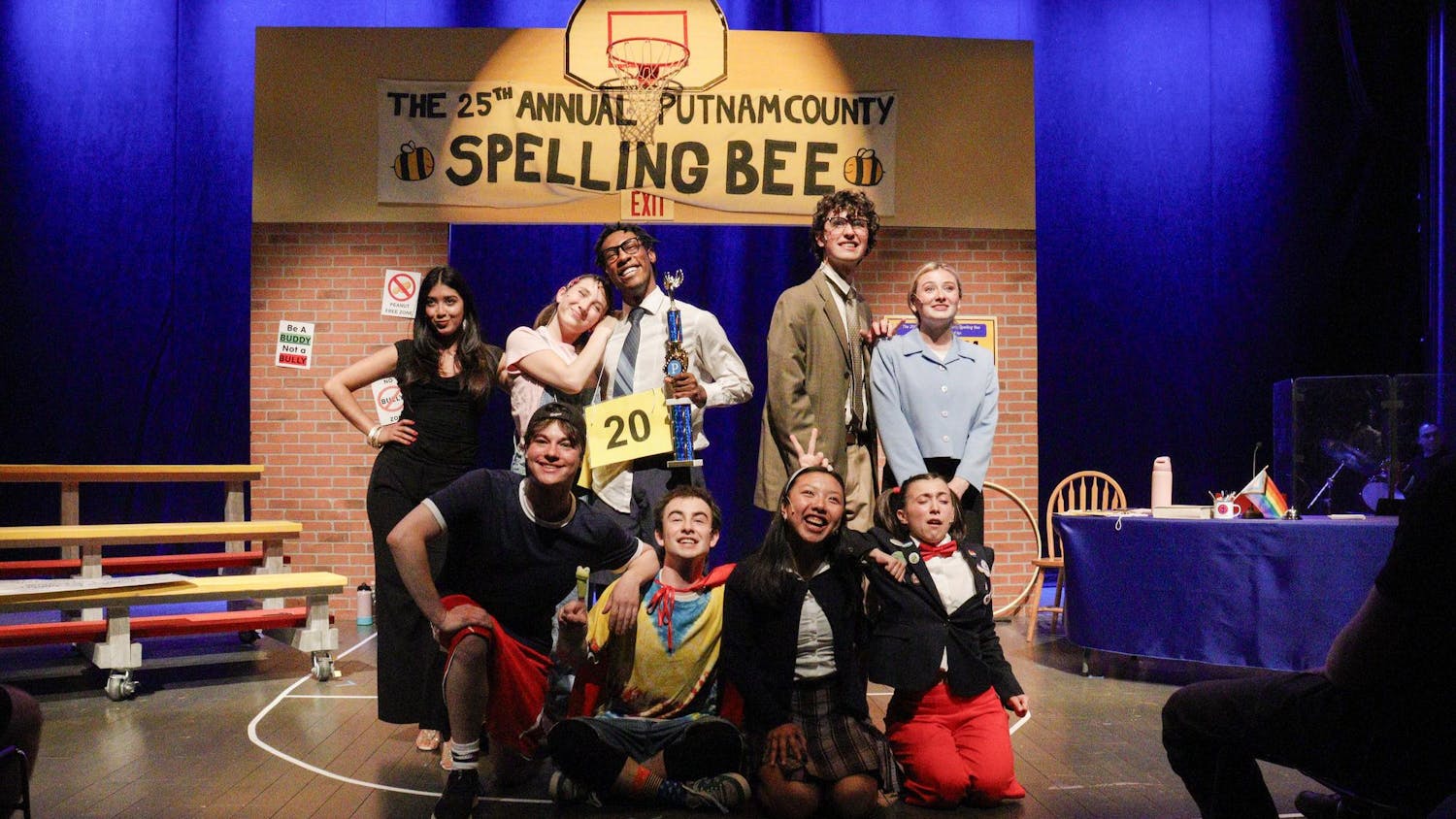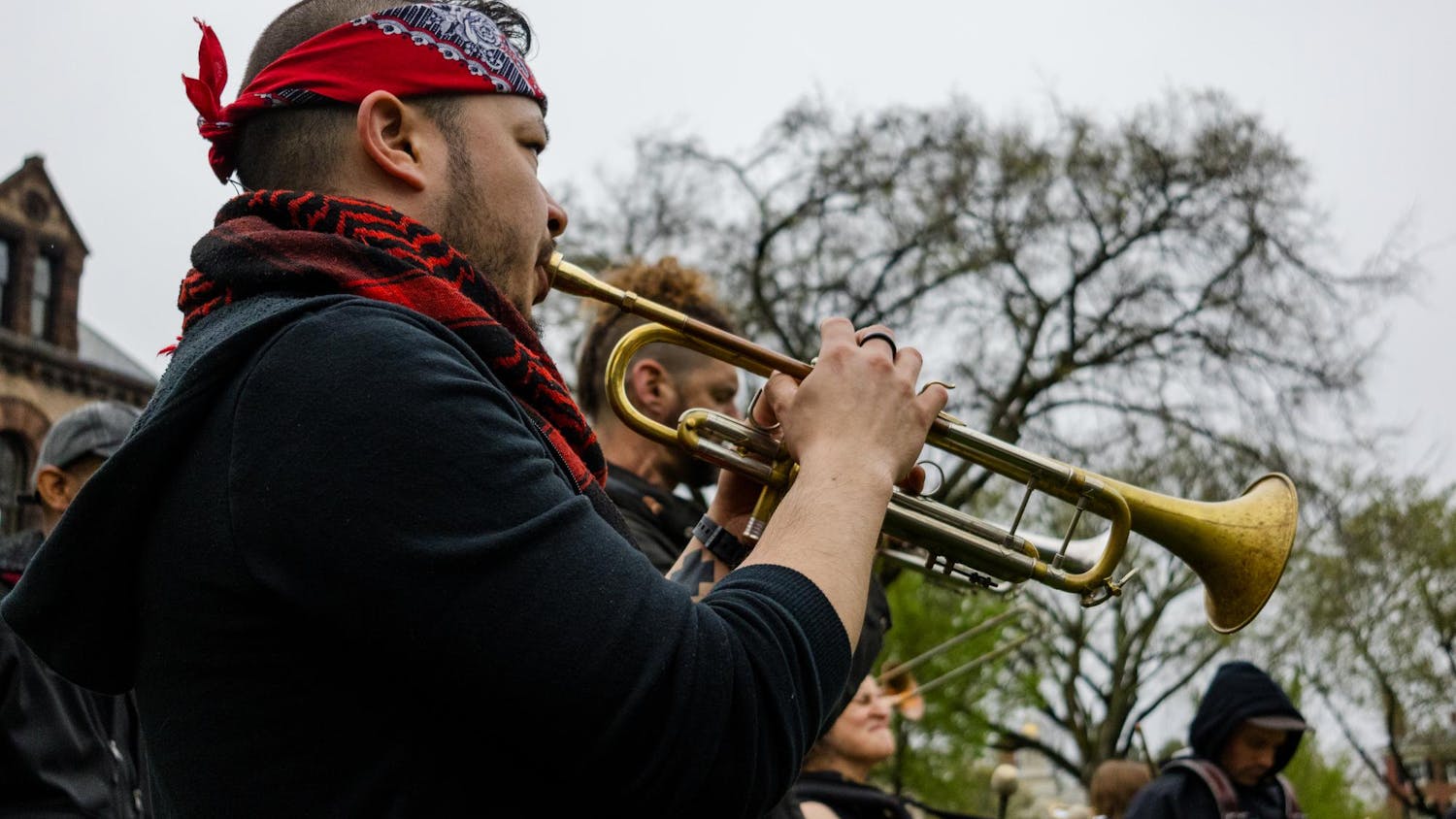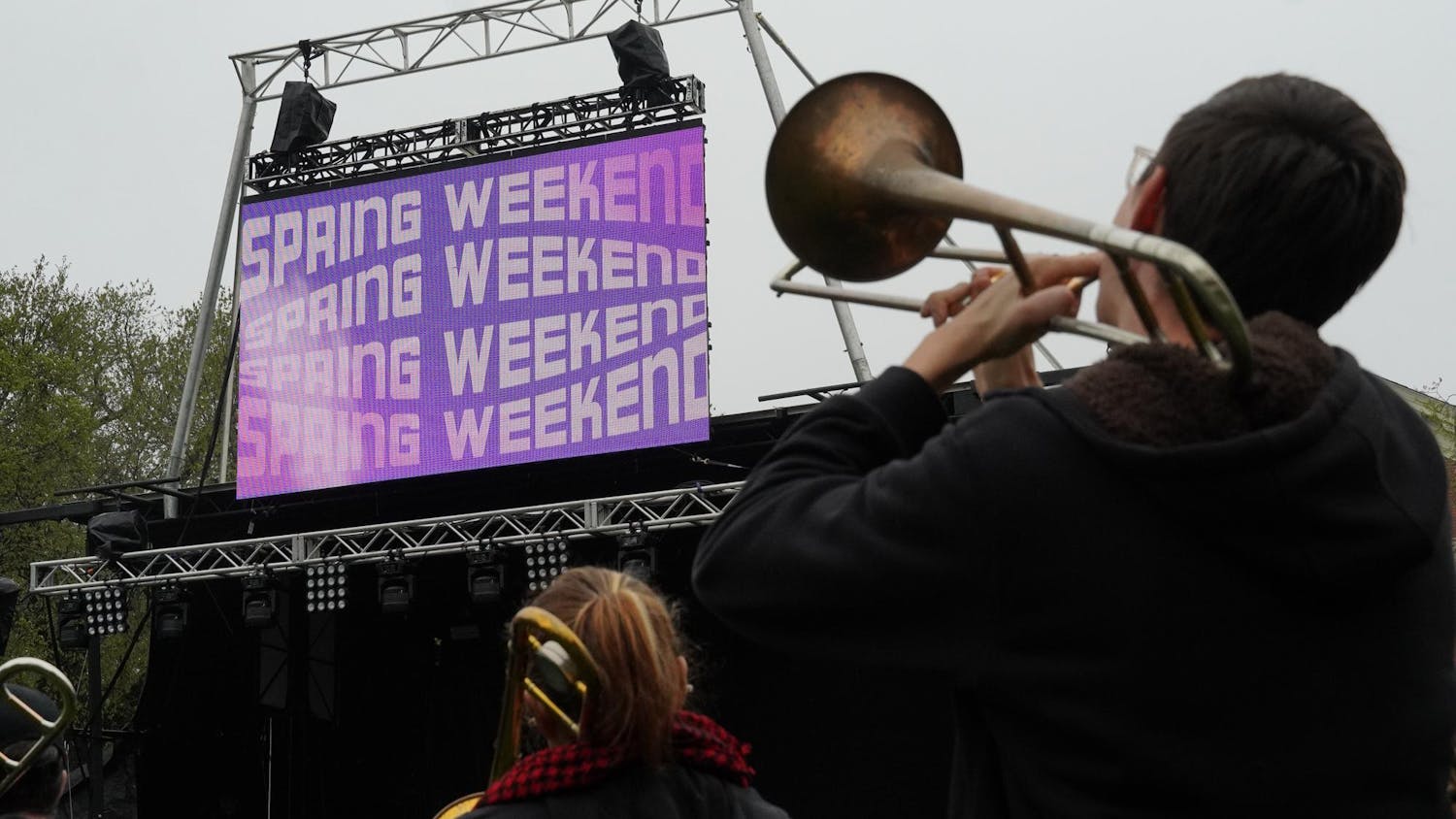Upon hearing the setup of Iranian filmmaker Mohammad Rasoulof’s latest film, one might be forgiven if they immediately begin hearing the echoes of Hannah Arendt’s famous “banality of evil” that permeated the film world amidst the buzz of “The Zone of Interest” around a year ago.
Indeed, “The Seed of the Sacred Fig” seems, at first glance, to check off all of the same boxes as Glazer’s film: It follows Iman (Missagh Zareh), a government official who gets promoted to bureaucratic pawn for an autocratic government that transforms prejudice into checkboxes on a sheet of paper. All of those same themes are there — he is just “doing his job” — and Arendt’s name might as well let out a pre-emptive sigh from the overworked proliferation of think-pieces that Rasoulof’s film appears all but certain to spawn as well.
If this setup feels too obvious (or too banal, if you will), the film is anything but. Despite being kickstarted by Iman’s promotion, “Sacred Fig” never shows him at the aforementioned bureaucratic job, save an eerie repetition of a shot where he walks into the office building and a few smoke-obscured fire-escape conversations with his boss Ghaderi (Reza Akhlaghirad).
Instead, the film takes place largely within the confines of Iman’s home, where the responsibilities of his new job threaten a delicate balance within his family. And so, the main character of “Sacred Fig” is not Iman at all, but those forced to exist in his absence: his two daughters, Rezvan (Mahsa Rostami) and Sana (Setareh Maleki), and especially their mother Najmeh (Soheila Golestani), who is put into the impossible position of trying to keep together a rapidly disintegrating family unit.
The first half of “Sacred Fig” thus operates as a terse political-domestic drama focusing on the repercussions Iman’s new job forces upon his family in a time of political unrest in Tehran, Iran. First, Rezvan and Sara are forced to keep Iman’s promotion a secret, then they are asked to stop talking to certain friends, and so on. The film largely stays within this domestic context, demonstrating how authoritarian systems reproduce their paranoid logic at every level of life.
As Rasoulof put it in his introduction to the screening I attended, his film asks the question: “how do we become autocrats?” Or, in the terms of the not-so-subtle metaphorical epigraph that the film opens with — the sacred fig (ficus religiosa) spreads its seeds onto other trees, strangling them and growing a new one in their place.
Unmistakably based upon the real-life protests in the region after the death of Mahsa Amini in police custody, Rezvan and Sara portray a generational divide in which younger people in the country are increasingly defiant against the theocratic regime, the mandatory hijab law and the police’s abuse of women. Nowhere is this more obvious in “Sacred Fig” than a scene where Najmeh, Rezvan and Sara sit on the couch watching a news broadcast that describes a woman’s (unnamed, but obviously a stand-in for Amini) death by “natural causes” and the protesters as rioters. Sara, however, is scrolling on her phone — initially seeming to suggest a political apathy — before the film cuts to the reverse shot revealing that she’s actually on Instagram watching smartphone videos of the very same events, just without the editorialized broadcast. The separation between generations is literalized throughout the film in these appeals to social media and their on-the-ground “reality,” in opposition to the propagandized broadcasts watched by their parents.
The virtual walls of social media that separate the parents from their children become, over the course of the film, real walls turning the house’s initially welcoming space into one of slammed doors, shuttered windows and furtive glances. As tensions ratchet up at his job, Iman begins to snap more and more at his children, especially when they voice their support for the protesters he sentences indiscriminately. The disappearance of Iman’s gun — gifted to him as a safety measure alongside the new job — turns the strain of the family into an all-out implosion. Paranoid that either his wife or one of his daughters stole the gun, Iman turns his house into a prison, angrily ransacking their rooms and sending his family to a blindfolded interrogation. “In my own home, I don’t feel safe,” remarks Iman at one point, the irony of his comments lost upon him.
This asphyxiation of the family stretches “Sacred Fig” out to a breaking point — unbearable, and perhaps in the same breath a bit repetitive (168 minutes makes for a long movie). But it doesn’t take long for Rasoulof to detonate the narrative with a left-field third act escalation that transforms the initially slow-plodding scenario into a thriller complete with a car chase and a maze sequence reminiscent of “The Shining.” Beyond re-energizing the plot, this genre change testifies to the urgency that Rasoulof wants to evoke — the situation in Iran for Rasoulof is so harrowing or even “horrific” that operating in the language of genre is the only way to express the experience’s affective charge.
Even so, what’s most brutal about “Sacred Fig” is nothing the formal conditions of genre can recreate. Instead, the most genuine moments of horror in Rasoulof’s film come when the film cuts abruptly from Sara watching her smartphone directly to the social clips themselves, blowing them up to full size. Amidst these moments, viewers begin to realize that the smartphone videos they are seeing were not reproduced by Rasoulof but are actually clips from the protests in “real life.” This formal technique, which often places brutal and horrific violence in full display — alongside the film’s obvious mirroring of reality — imbues “Sacred Fig” with an acute sense of political urgency, jarring the spectator out of their cinematic trance.
Dissolving the boundaries between fiction and reality, Rasoulof thus positions his film as an explicit call to action, while also drawing implicit attention to the “reality” of his own filmmaking process. Formerly imprisoned by the Iranian government multiple times, Rasoulof filmed “Sacred Fig” in secret, producing small chunks at a time. When his prison sentence was renewed, he had to escape by foot out of Iran and smuggle the footage out of the country. At the end of the day, Rasoulof tells us, this version of evil is anything but banal.





